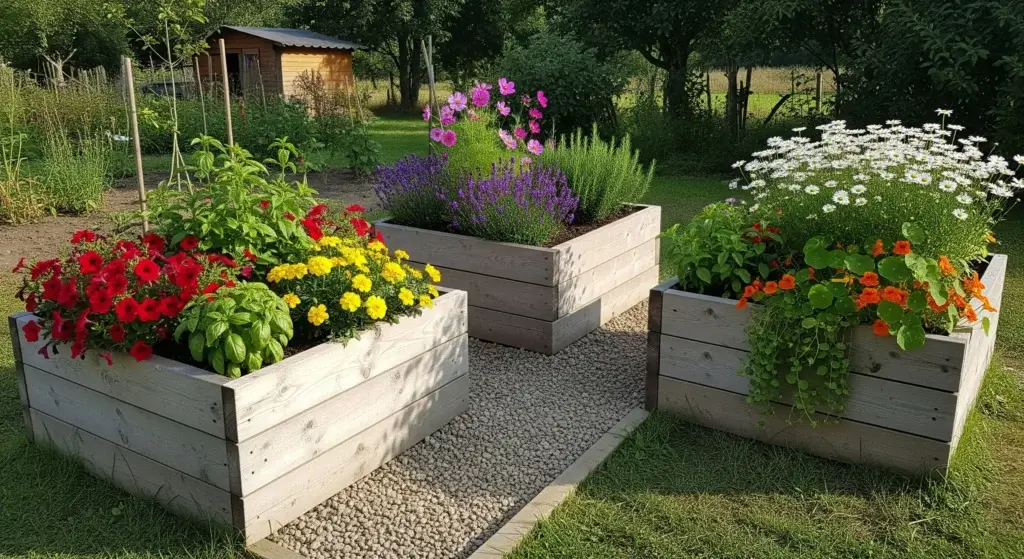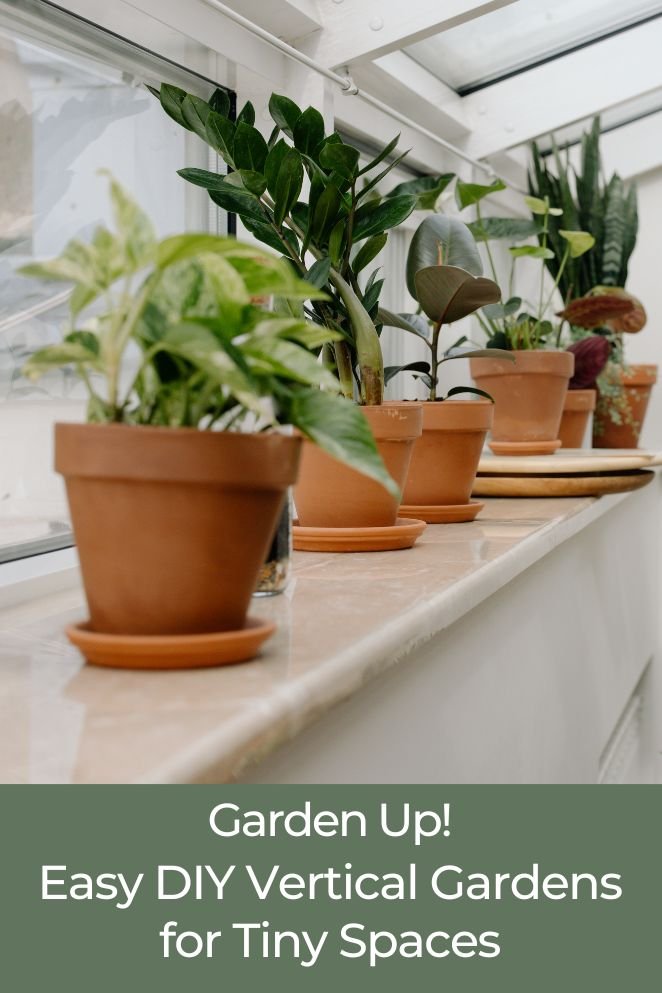
Vertical gardens are a great way to bring greenery into small spaces, whether it’s a balcony, patio, or apartment.
Not only do they add visual appeal, but they also offer numerous benefits for both you and the environment.
In this blog post, we will explore the benefits of vertical gardens, planning tips, a step-by-step guide, and tips for success.
Benefits of Vertical Gardens
Vertical gardens, also known as living walls or green walls, offer a multitude of advantages that go beyond simply adding a touch of greenery to your surroundings.
Here’s a closer look at the benefits:
Space-saving
In urban environments or small living spaces where traditional gardening isn’t feasible, vertical gardens provide a solution.
By utilizing vertical space, such as walls or fences, you can grow plants without requiring much ground area.
This makes them ideal for apartments, balconies, courtyards, or even indoors.
- Read also: DIY Plant Shelf Indoor Ideas
- Read also: Crafting DIY Plant Hangers with Rope
Air purification
One of the most significant benefits of vertical gardens is their ability to improve indoor air quality.
Plants naturally absorb carbon dioxide and release oxygen through photosynthesis.
By incorporating a variety of plants into a vertical garden, you can help filter out pollutants and toxins, creating a healthier indoor environment.
Noise reduction
Beyond their aesthetic appeal, vertical gardens also offer acoustic benefits.
The foliage of plants can act as a barrier, absorbing and diffusing sound waves, thereby reducing noise levels.
This can be particularly advantageous in urban areas where traffic and other environmental noises are prevalent.
Thermal insulation
Vertical gardens can contribute to thermal insulation, helping to regulate indoor temperatures.
The layer of vegetation acts as a buffer, insulating against heat in the summer and cold in the winter.
This can lead to energy savings by reducing the need for heating and cooling, ultimately lowering utility costs.
Mental health benefits
Studies have shown that exposure to plants and green spaces can have a positive impact on mental well-being.
Vertical gardens provide a connection to nature, even in urban settings, which can help reduce stress, anxiety, and depression.
Simply being surrounded by lush vegetation can evoke feelings of calmness, relaxation, and happiness.
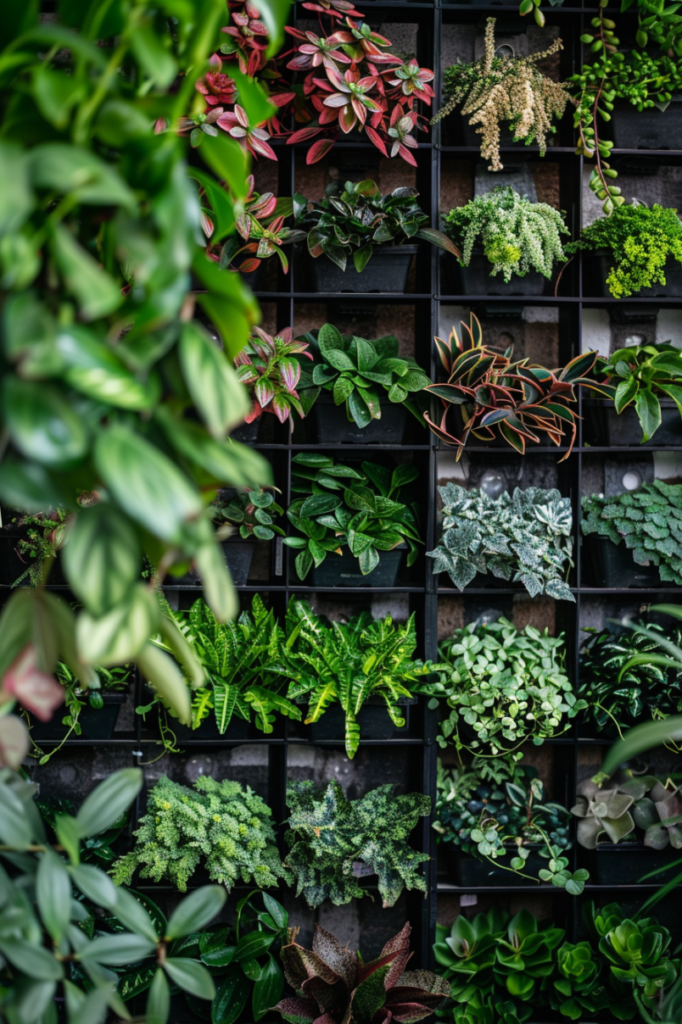
Planning Your Vertical Garden
Planning your vertical garden project involves careful consideration of various factors to ensure its success. Here’s a detailed breakdown:
Location
Selecting the right location is crucial for the health and growth of your plants.
Choose a wall that receives adequate sunlight, based on the sunlight requirements of the plants you intend to grow.
Additionally, consider factors such as accessibility for watering and maintenance, as well as aesthetic appeal.
Size and design
Evaluate the available space for your vertical garden and determine the desired design complexity.
Consider factors such as the number of plants you want to include, the arrangement of planters or modules, and any additional features such as trellises or irrigation systems.
Keep in mind the overall aesthetic you wish to achieve and how it complements the surrounding environment.
Materials
There are various materials you can use to create your vertical garden, each with its own advantages and considerations:
- Recycled pallets: Pallets can be repurposed into planters, offering an eco-friendly and cost-effective option.
- PVC Pipes: PVC pipes can be cut and connected to create a sturdy frame for your vertical garden.
- Pocket planters: Pocket planters are small, shallow planters that can be attached to a wall or frame.
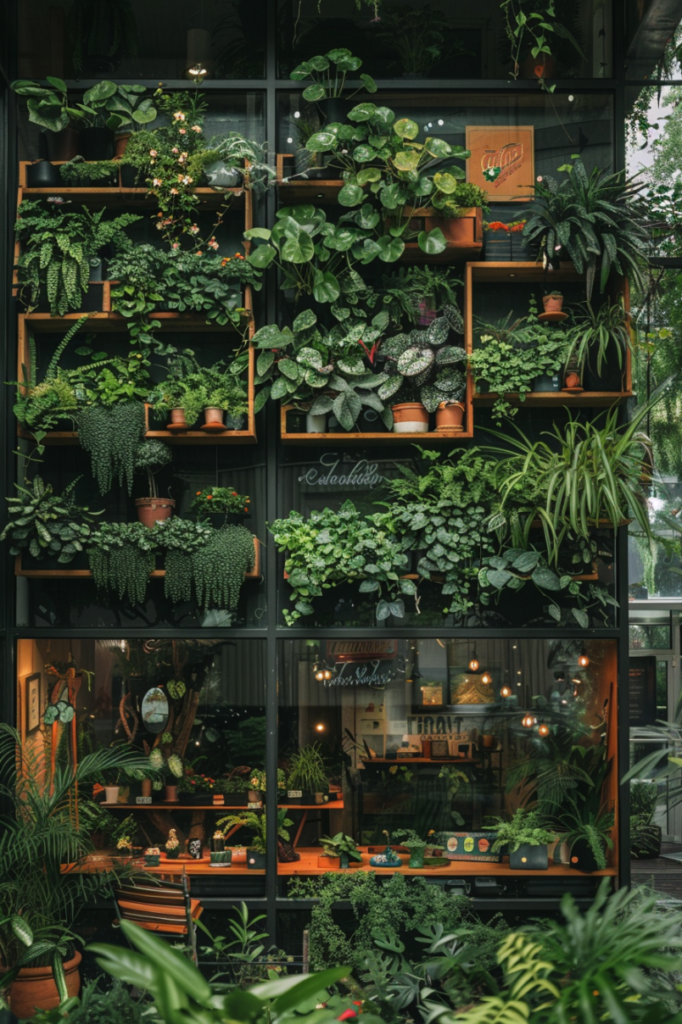
Step-by-Step Guide
Creating a vertical garden can be a rewarding project that adds beauty and greenery to your space.
Follow these step-by-step guidelines to get started:
Prepare your materials
Before diving into your project, gather all the necessary materials.
This may include wood for building frames, pocket planters, screws, nails, or other hardware.
If using recycled materials like pallets, ensure they are clean and safe for planting.
Create the base
Depending on your chosen design, create the base structure for your vertical garden.
This could involve building a wooden frame, installing pocket planters, or securing materials directly to the wall.
Ensure the base is sturdy and securely anchored to support the weight of the plants and soil.
Lining (optional)
Consider adding a lining to certain materials, such as wood, to improve moisture control and prevent water damage.
Plastic lining can help protect the structure and prolong its lifespan, especially in outdoor environments where exposure to moisture is common.
Planting
Select plants that are well-suited for vertical gardens and the sunlight conditions of your chosen location.
Highlight easy-care options like herbs, succulents, or small flowering plants that thrive in vertical environments.
When planting, consider the root depth and spacing requirements of each plant to ensure adequate growth and ventilation.
Soil types
Choose a suitable soil or potting mix for your vertical garden.
Lightweight and well-draining soil mixes are ideal for vertical gardening to prevent waterlogging and promote healthy root growth.
Consider adding organic matter or compost to enrich the soil and provide essential nutrients for plant growth.
Watering system (optional)
Depending on your design and preference, consider implementing a watering system to ensure your vertical garden receives adequate moisture.
Options include drip irrigation systems or manual watering methods using a hose or watering can.
Determine the watering frequency based on the moisture needs of your plants and adjust as necessary.
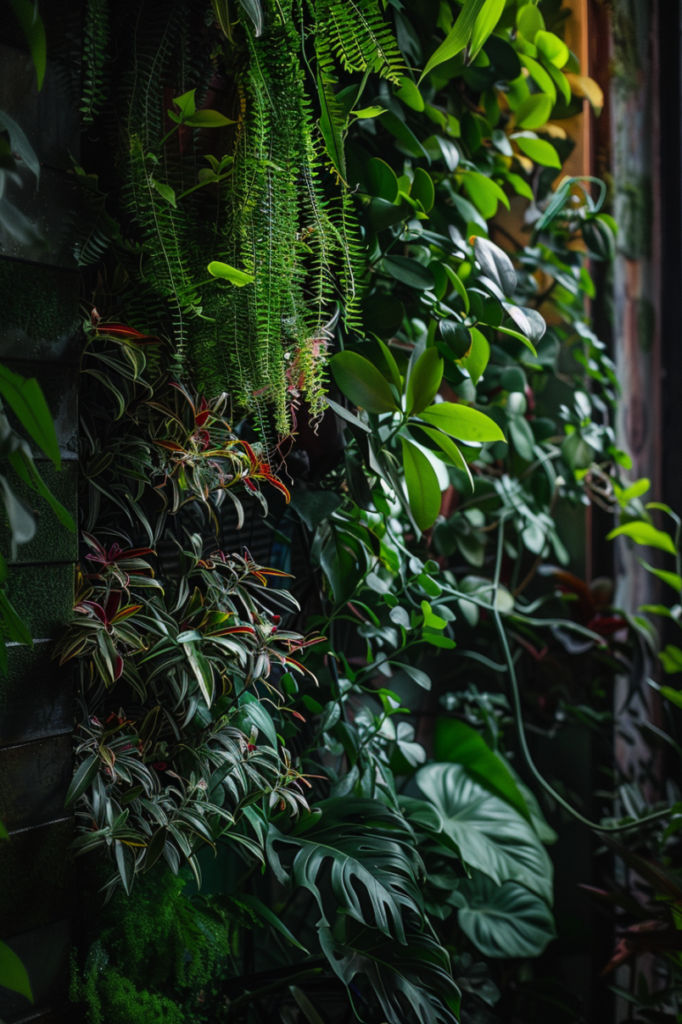
Tips for Success
Achieving success with your vertical garden requires attention to detail and careful maintenance.
Here are some tips to ensure your vertical garden thrives:
Choose the right plants
Selecting plants that are well-suited to your climate and the conditions of your vertical garden is essential.
Consider factors such as sunlight exposure, temperature fluctuations, and the materials used in your garden.
Choose plants that are known to thrive in vertical environments, such as trailing vines, ferns, or compact herbs.
Additionally, consider the growth habits and space requirements of each plant to ensure they have enough room to flourish.
Water appropriately
Proper watering is crucial for the health of your vertical garden.
Overwatering can lead to root rot and fungal diseases, while underwatering can cause plants to become dehydrated and wilt.
Monitor the moisture levels of your vertical garden regularly and adjust your watering schedule accordingly.
Consider factors such as weather conditions, plant type, and soil drainage when determining how much water to provide.
Using a drip irrigation system or self-watering planters can help ensure consistent moisture levels and prevent water wastage.
Maintain the structure
Regular maintenance of the structure of your vertical garden is essential for its longevity and stability.
Inspect the framework, supports, and planters regularly for signs of wear and tear, such as loose screws, damaged wood, or rusting metal.
Make any necessary repairs promptly to prevent further damage and ensure the safety of your garden.
Additionally, prune and trim plants as needed to promote healthy growth and prevent overcrowding.
- Read also: A Guide to DIY Plant Wall Indoor
- Read also: A Step-by-Step Guide to Crafting Your Own DIY Plant Terrarium
Conclusion
Crafting a DIY vertical garden is an excellent means of introducing greenery into compact areas, all while reaping the plentiful benefits they provide.
By thoughtfully strategizing and utilizing suitable materials, you can fashion a stunning and practical vertical garden that elevates your living environment.

